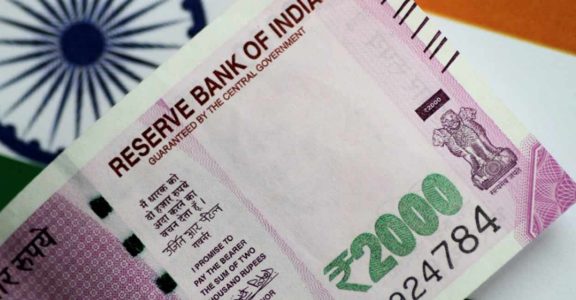Indian Rupee is Depreciating Fair ValueThe reasons behind the rupee’s depreciation beyond its fair value and the implications for the Indian economy are the subject of this blog post. We will investigate the factors that contributed to the rupee’s decline and the potential solutions to this problem.
A worrying development for anyone keeping an eye on the Indian economy is the rupee’s recent depreciation beyond its fair value in the free market. We will investigate the reasons why the rupee is depreciating beyond its fair value and the solutions to this issue in this blog post.
In a free market, the rupee is depreciating beyond its fair value.
There are many reasons why the Indian rupee has been losing more than its fair value in the free market. Because it reduces the rupee’s purchasing power and lowers its value, inflation is a major factor. In addition, India’s current account deficit is growing, indicating that more foreign currency is leaving the nation.
What is entering? Lastly, the rupee’s value is further weakened as a result of the US dollar’s appreciation against other currencies in India. The Indian rupee has depreciated beyond its fair market value as a result of all of these factors.
The main reason for this depreciation is the presence of high inflation in the economy.
The Indian rupee is losing more than its fair value in a free market because the economy is experiencing high inflation. The rupee’s purchasing power is reduced by high inflation, which causes it to lose value in comparison to other currencies. India’s rupee continues to depreciate as a result of this increase in the cost of imported goods. The depreciation of the rupee is also aided by the widening current account deficit, which indicates that more foreign currency is leaving the country than entering it.
the purchasing power of the rupee decreases
The rupee is depreciating beyond its fair value in a free market. High economic inflation is primarily to blame for this depreciation. The rupee’s purchasing power decreases as inflation rises, resulting in a decline in its value. The rupee’s purchasing power decreases as a result of its declining value.
increasing the cost of living for Indian citizens as a result. In the end, this causes the rupee to lose value in comparison to other currencies, causing it to lose more than its fair value. India’s growing current account deficit is another factor contributing to the rupee’s depreciation.
The rupee is depreciating beyond its fair market value in India as a result of the country’s growing current account deficit. A country has a current account deficit when it imports more than it exports, requiring it to borrow foreign currency to pay for its purchases.
The Indian rupee depreciates as a result of this rising demand for foreign currencies. Since it requires more foreign currency to pay for imports, this further devalues the rupee. As a result, the rupee is depreciating beyond its fair market value because of the current account deficit.
foreign currency is flowing out of the country
Due to the widening of the current account deficit, the rupee is depreciating beyond its fair value in a free market. As a result, there is an imbalance in supply and demand because more foreign currency is leaving India than entering. India’s imports become more expensive as a result of this imbalance, which further weakens the rupee against other currencies. The Indian rupee is losing purchasing power as a result, which has a negative effect on the Indian economy.
This results in further depreciation of the rupee.
When the US dollar appreciates against other currencies, it puts pressure on the rupee, as it makes imported goods more expensive in India. This results in further depreciation of the rupee beyond its fair value. In a free market, when the rupee depreciates beyond its fair value, it can affect the purchasing power of individuals and businesses.
This affects their ability to purchase goods and services from other countries, which can lead to economic instability and hardship. To combat this, the government can intervene by taking measures such as reducing the amount of money entering or leaving the country and increasing the amount of money available in the country.
The Final Words
Also, if the rupee keeps falling, investors won’t be as willing to put their money into the Indian economy. The economy cannot expand at a healthy rate without direct investment or other investments from outside the country. Through programs like Make-in-India and Startup India, the Indian government is attempting to combat this situation by increasing exports and encouraging foreign investment.
In addition, they are encouraging domestic savings by providing tax breaks for investments in particular schemes like public provident funds (PPF) or mutual funds. These measures help to improve the situation right now, but they won’t stop the rupee from falling further over time. In the end, prudent fiscal policy that encourages domestic investment while maintaining a stable external balance of payments is the only way to ensure that the rupee remains at its fair value.

